Posted on 1st December 2011
This original article was previously published by Seven Enterprises in our Autumn 2011 mailer.
Master Cylinder Identification Guidelines
by Mike Kearney
Seven’s Service Shop Manager
Identification of the master cylinders is a common problem that classic Mini owners encounter when working on an older car or when building a “basket-case” from parts of unknown origin. It really is not too difficult; here is a list of facts to check to minimize the guesswork.
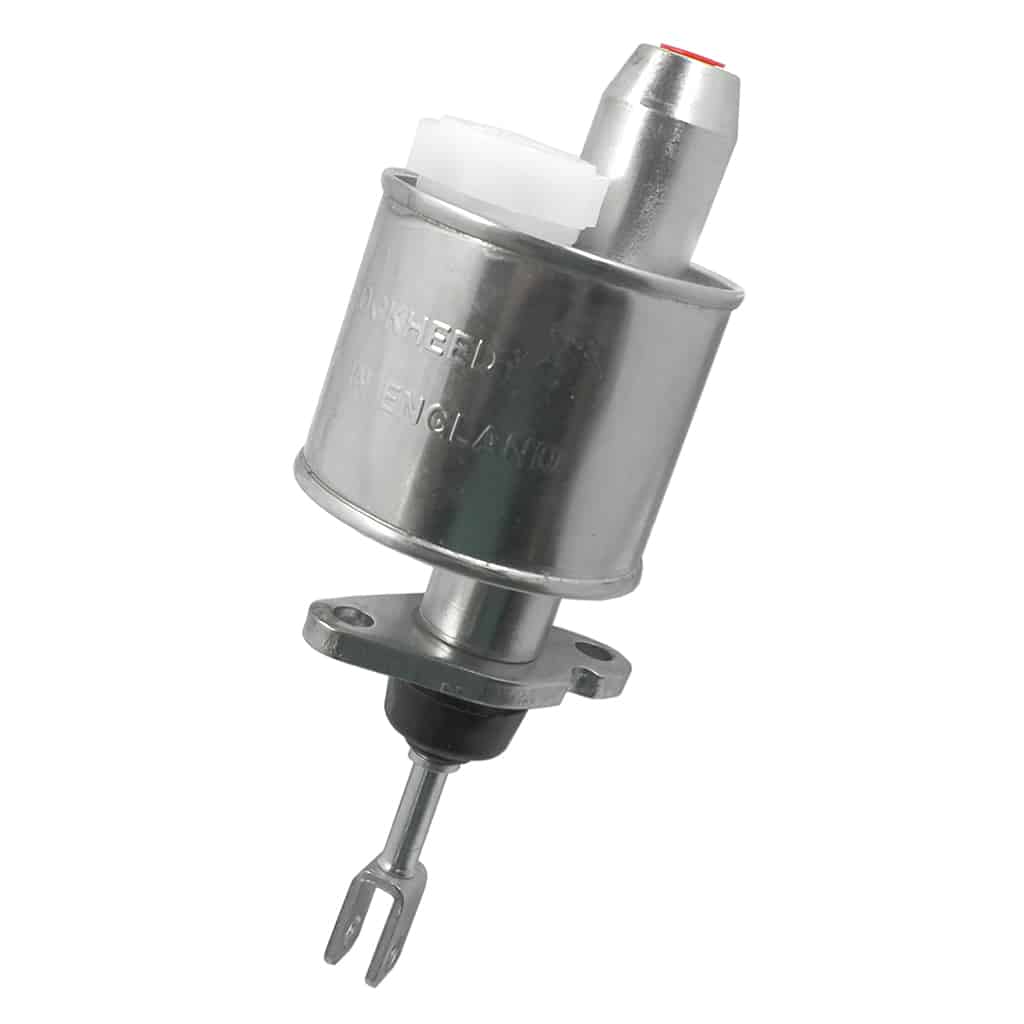 Clutch master cylinder showing alignment of filler cap with mounting holes
Clutch master cylinder showing alignment of filler cap with mounting holes
Visual Identification
If you have a basket-case car and need to identify which cylinder is the clutch, hold the master cylinder vertically so the filler cap is towards you and the outlet neck is away from you. If it is a clutch master, the pointy end of the mounting flange will be aiming back at you. The centerline of the two mounting bolt holes will be roughly, but not exactly, parallel with the centerline of an imaginary line drawn through the centers of the filler hole and outlet neck. Any master cylinder not passing this test will be a brake master cylinder. One other easy identification is that if you have the large reservoir Cooper S brake master cylinder, the tank will measure 3” exactly from top to bottom of the reservoir. Heritage has recently reproduced the large reservoir Cooper S brake master cylinder in a gold/cad finish vs. the original grey.
Clutch Master Cylinders
- All classic Minis have 0.75” bore clutch masters. See “identification” above.
- New clutch master cylinders are available in the original metal tank design, as well as two (2) types of improved plastic tank versions.
Single-Line Brake Master Cylinders
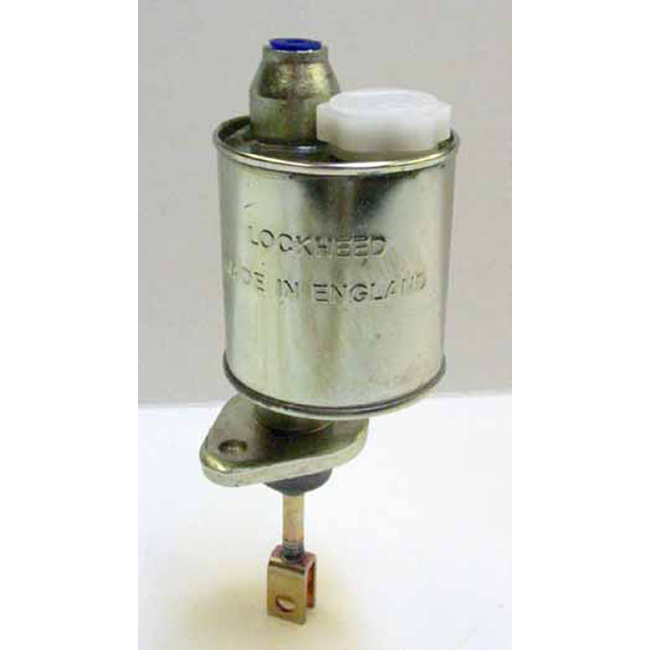 "Bean can" brake cylinder. Note alignment of mounting holes relative to the filler cap
"Bean can" brake cylinder. Note alignment of mounting holes relative to the filler cap
Classic Minis with single-circuit brake systems originally came in three bore diameters: 0.625”, 0.70” and 0.75”. Bear in mind, the master cylinder should match the type of brakes now on the car for safety and reliable performance as follows:
- The original application of the 0.625” bore cylinder was in the 998cc Cooper only, but is no longer available, so 0.70” should be substituted.
- The original application of the 0.75” bore master cylinder was the very early single-leading-shoe drum brake cars. Some people now use this diameter master cylinder for 4-piston caliper conversions where some extra fluid volume is required. Nearly all other cars used 0.70” diameter, which is by far the most common. The original master cylinders had metal reservoirs, affectionately known as “bean cans”.
Dual-Line Brake Master Cylinders
These can be grouped into three categories, “Round Reservoir”, “Square Reservoir”, or “Horizontal”. These feature separate brake line systems so that if one cylinder or caliper fails you still have partial braking.
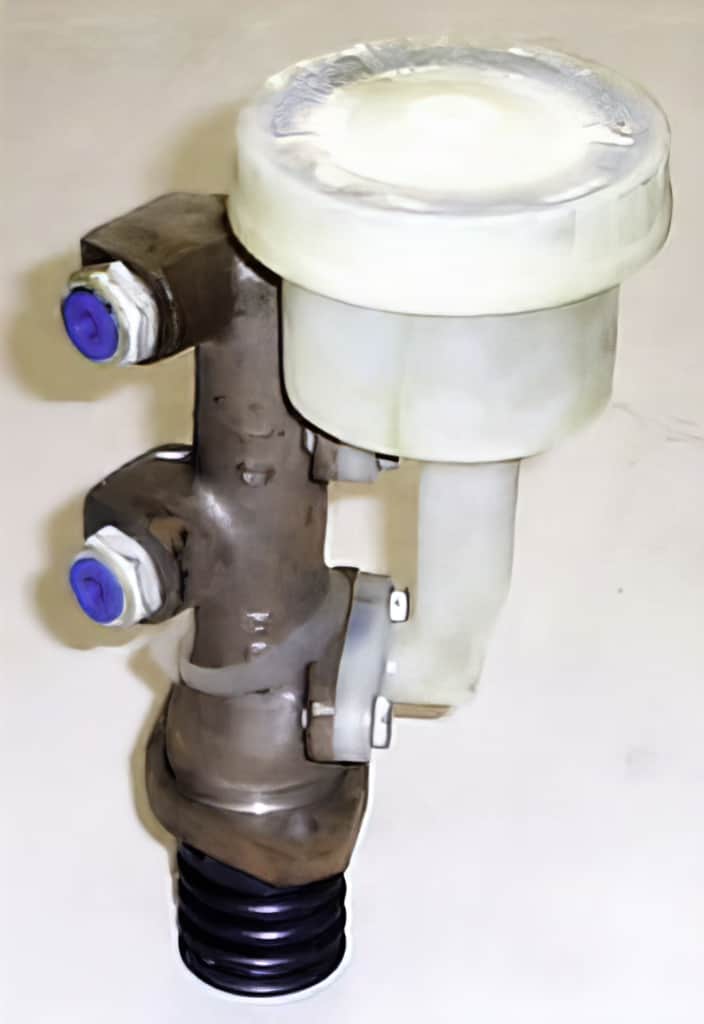 Round reservoir brake master cylinder
Round reservoir brake master cylinder
- Round reservoir brake master cylinders can be found on Canadian-made Minis, Innocenti, other European Minis and even the Austin America. Some of these cars used a diagonal split of the two brake systems, others were split front to rear. This cylinder is now obsolete, and rare old stock sells for very high prices. Rebuild kits are available if you have a servicable old unit.
- The rectangular reservoir came next, with various versions manufactured up to 1989. Only the GMC0227 replacement version is available today.
- From 1989-on a horizontal master cylinder was used, in conjunction with a power brake servo.
-
 Horizontal brake master cylinder
Horizontal brake master cylinder
To see this article in PDF format, please click here.
Questions or comments about this article? Please don't hesitate to contact our Classic Mini experts!
ref:NewsArticle16

Price: $125.95
View
12/13/2020 2:00:00 AM
89.9500
Pending Warehouse Check
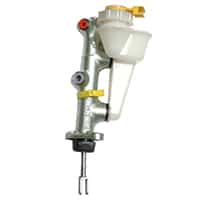
Price: $188.95
View
Pending Warehouse Check

Price: $199.50
View
5/23/2019 2:00:00 AM
144.9500
Pending Warehouse Check
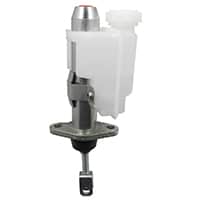
Price: $125.95
View
12/10/2020 2:00:00 AM
89.9500
Pending Warehouse Check

Price: $218.95
View
Pending Warehouse Check

Price: $178.50
View
4/13/2021 2:00:00 AM
149.9500
Pending Warehouse Check